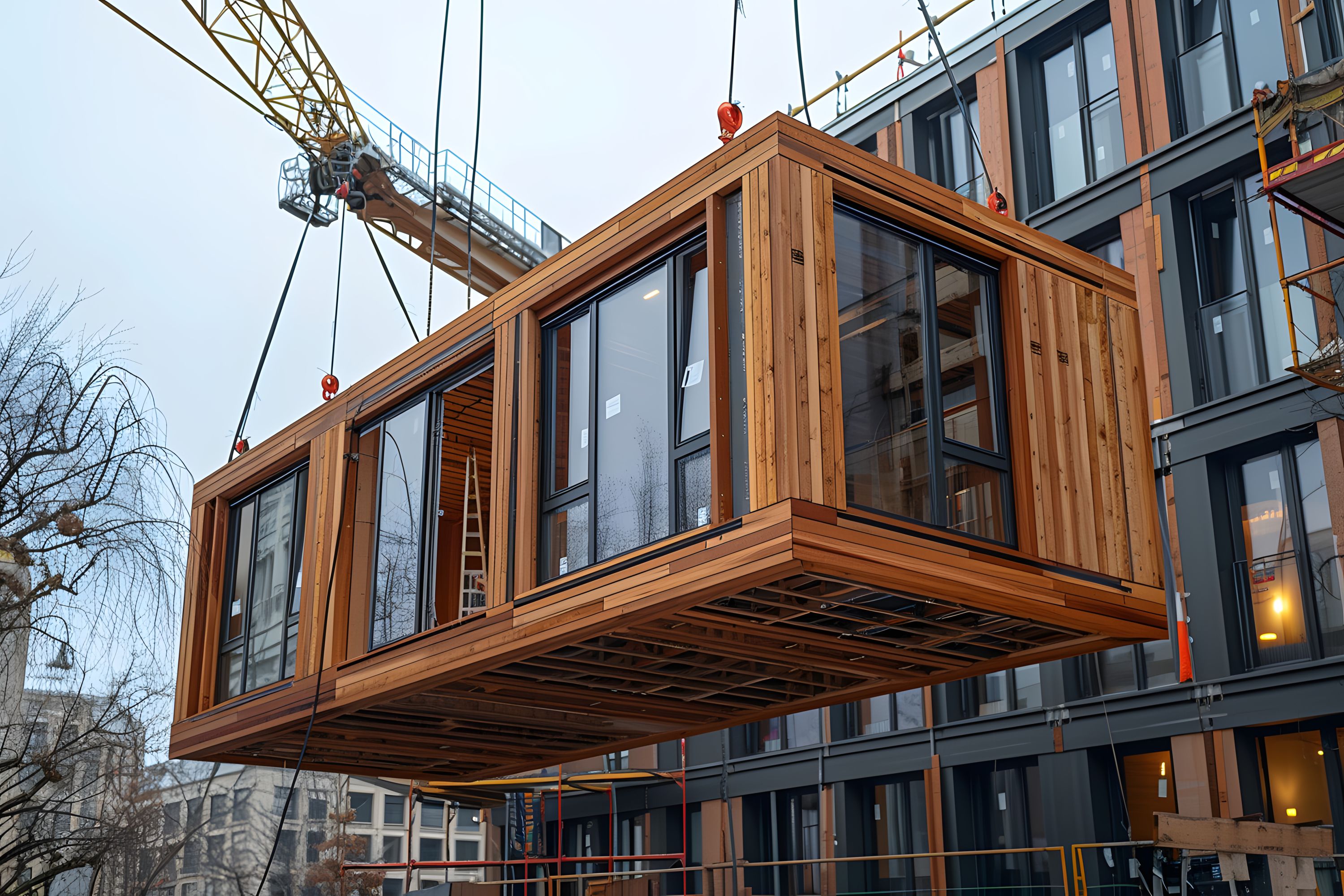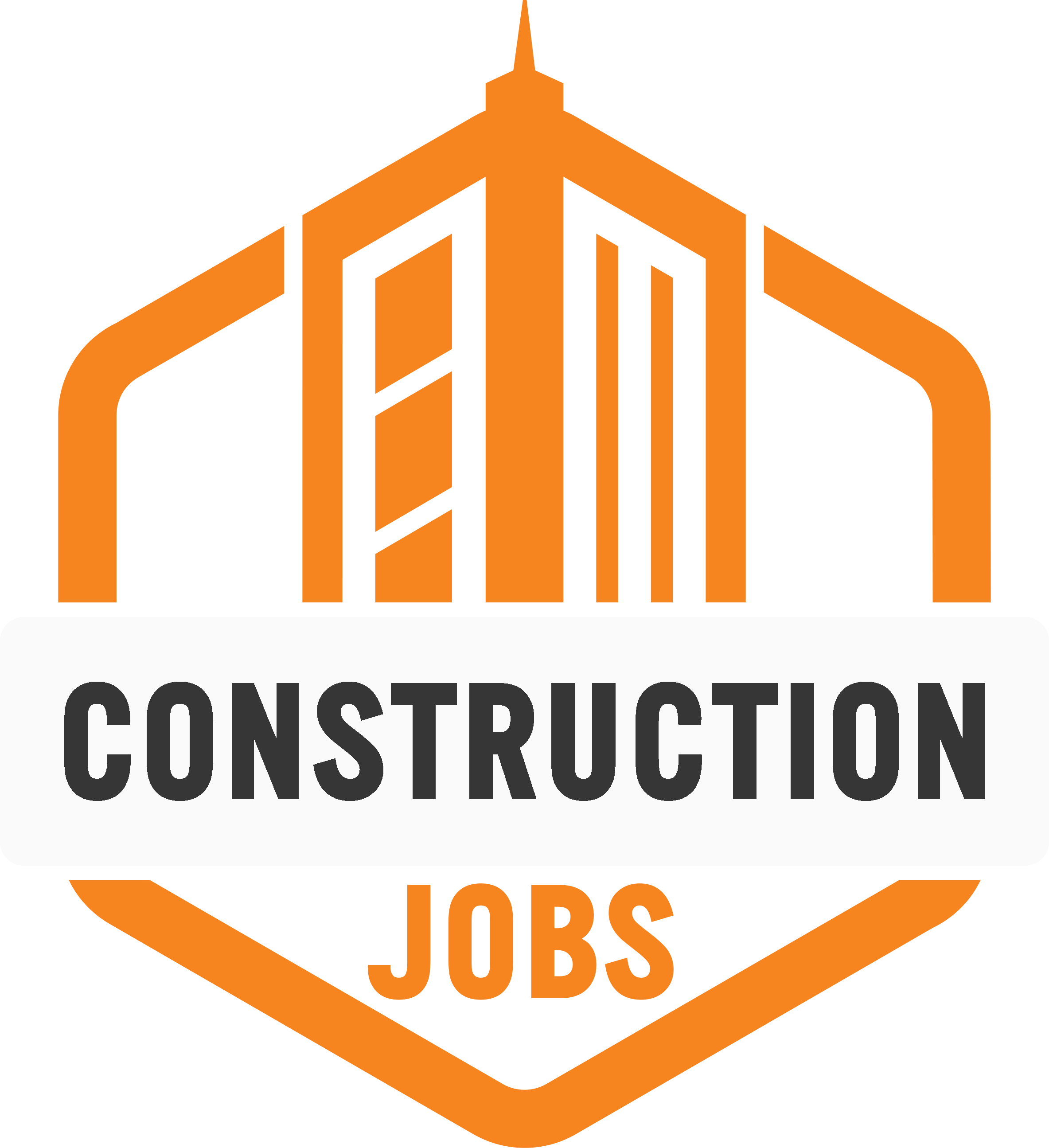Integrating Sustainable Solutions into Construction Worksites
A look into sustainability on construction worksites and how you can effectively adopt helpful practices.

The construction industry is an essential contributor to society. It underpins local and national economies with jobs and housing inventory. The sector also implements innovations that boost eventual occupants’ quality of experience (QoE). However, there is more that companies can do on-site to increase net positives. One of these is prioritizing sustainability.
Construction projects aren’t always environmentally friendly. Yet, knowing what changes to make and how best to implement them isn’t always clear.
Understanding the Benefits
Integrating sustainable solutions into your construction worksites and wider business takes time, energy, and some capital investment. The main advantage, of course, is that such measures are friendlier to the planet and everyone living on it. As a result, you’ll be serving your ethical duty to be a responsible company and make the construction industry a less negatively impactful space.
Additionally, this adherence to ethical environmental standards can be a good boost to your construction company’s reputation. Environmental friendliness is becoming increasingly important to homebuyers, with many willing to base purchasing decisions on the sustainability of a property. Being able to offer green features in addition to working in a sustainable way can be a key to attracting and retaining business.
It’s also worth considering that some sustainable actions align well with operational streamlining. Generally speaking, committing to making continuous process improvements helps you identify bottlenecks and other inefficiencies in your processes. This is vital for your bottom line. Process improvements also tend to involve gaining an understanding of and preparing for changing compliance standards. Taking steps to reduce emissions and other unsustainable practices up front means you won’t have to simply respond to environmental regulatory changes when they arrive.
Furthermore, by regularly auditing your processes, you get a clearer idea of where the sources of waste are. You can change these wasteful practices to both safeguard your resources and run more sustainable construction sites.
Identifying Appropriate Measures
The next step in integrating sustainable solutions into your construction worksites is to identify the most appropriate measures. This will often depend on the types of construction you specialize in. The budgets you work with are also likely to influence the technology, materials, and green contractor expertise you select.
Nevertheless, some of the general measures you might consider implementing include the following:
Reducing waste
Most construction projects can integrate measures without a lot of investment. Indeed, waste reduction not only boosts sustainability but can also reduce your operating expenses.
You can adopt circular economy principles that allow your staff to save spare materials and offcuts for reuse on other construction projects, rather than disposing of them. Utilizing data analytics practices to accurately predict the materials needed for each specific project allows you to avoid overbuying. This also puts less pressure on ecosystems due to the minimal use of production processes.
Sustainable materials
Sustainable building materials are becoming more accessible in the construction industry. There are various options available for different aspects of construction. For instance, hempcrete is made from sustainable components and is durable, making it good for structural work. Bamboo, given its strength and ease of growth, has found increasing popularity for sustainable posts and beams.
It’s important to responsibly source these types of products and implement them in projects. But you should also discuss these options with clients, providing details not just on how such materials minimize environmental impact, but also how they influence strength, reliability, and property maintenance. This enables clients to make informed decisions.
Energy efficiency
Integrating energy efficiency in construction can take several forms. Firstly, you can implement it in the design choices for the building. During the planning phases, you can work with architects and clients to establish ways to create zero-net energy buildings. This may include incorporating smart thermostats into the property. It can also involve planning room layouts and material choices to implement natural energy efficiency, like passive solar that captures heat from the sun and stores it in thermal mass materials in the building.
Additionally, energy efficiency can come from the operational practices you use on your sites. Investing in equipment that has high energy efficiency standards — such as excavators designed to reduce idle fuel consumption or tools with auto shutdown — can be a positive step. It’s also vital to train staff in energy-efficient measures, such as planning efficient journeys when traveling between worksites.
Keeping Track of Your Efforts
Practicing sustainability in construction isn’t a one-and-done activity. As with any change, there will be improvements you can make and challenges to address. Not to mention that the methods and tools for green construction are changing all the time. Therefore, an important part of sustainable solution integration is regularly assessing your processes to see where you can level up.
There are various ways to measure sustainability efforts. The simplest is to track energy consumption, not just for the overall project but also for specific types of tasks. This can help you to take more targeted steps for reduction. Performing carbon footprint audits is also important. External auditors can be a great way to review your emissions accurately so you can take steps to reduce them. Measuring your recycling rate also highlights where you can reduce your contributions to landfills. This empowers your company to train staff on what items aren’t being recycled enough and how to identify which they should be saving for reuse.
Conclusion
Integrating sustainable solutions into construction worksites can result in positive outcomes for your business, homeowners, and the planet. It involves making targeted choices about processes to adopt, alongside regularly measuring impact, among other methods. Expertise is an important consideration, too. More professionals are training to specialize in green methodologies than ever before. By investing in these specialists and encouraging them to give feedback, you can build more holistically sustainable projects.
- Share This →

